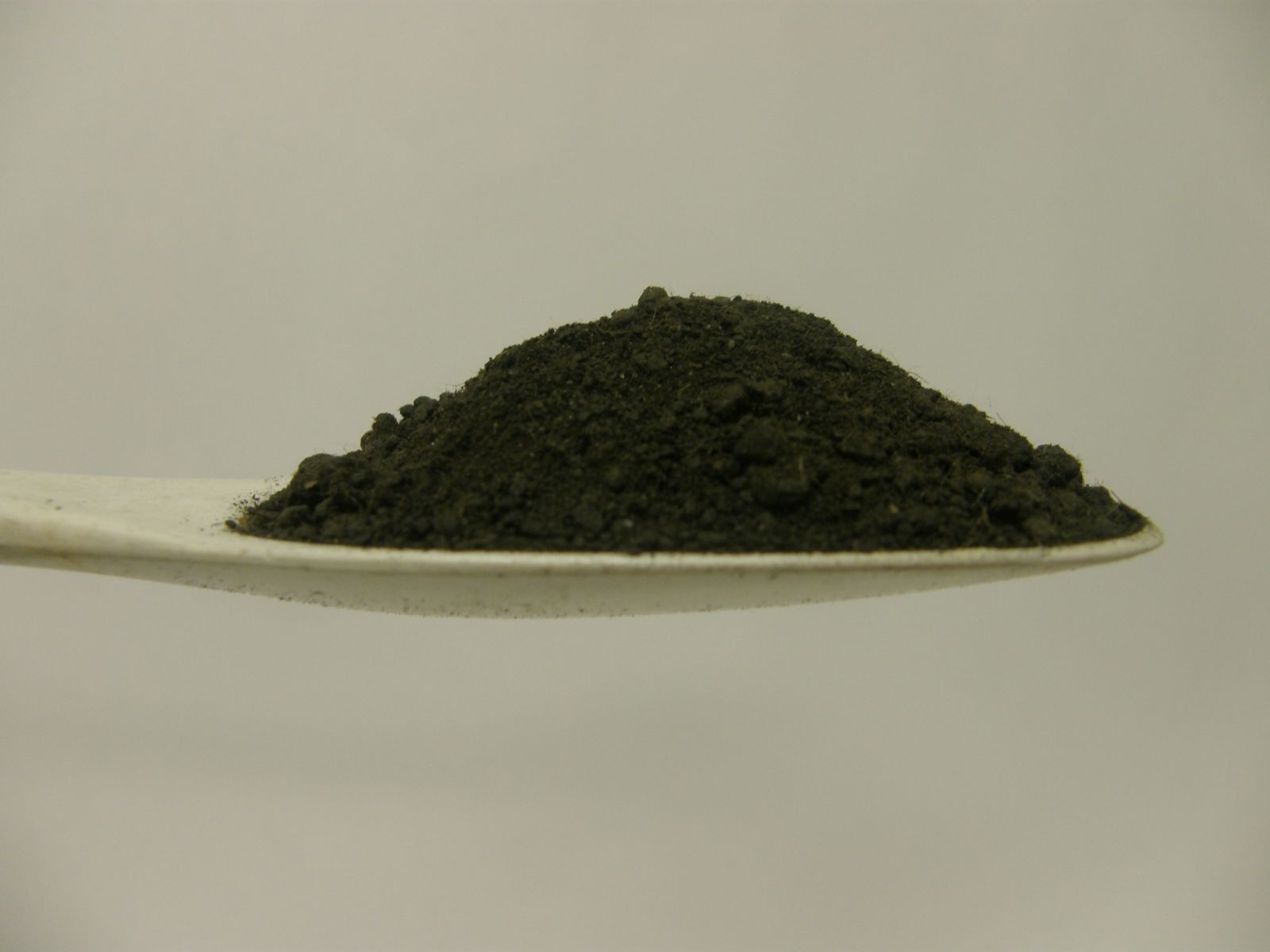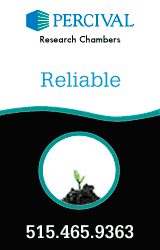Anaerobic Digestion Residuals Recovery
 The potential for renewable gas production and clean energy often dominate the spotlight in the anaerobic digestion (AD) technology world. Anaerobic digestion is a biological process that’s been rapidly gaining traction across all sectors that create organic waste. In the absence of oxygen, micro-organisms break down organic matter during anaerobic digestion, releasing a combination of methane and carbon dioxide—also known as biogas.
The potential for renewable gas production and clean energy often dominate the spotlight in the anaerobic digestion (AD) technology world. Anaerobic digestion is a biological process that’s been rapidly gaining traction across all sectors that create organic waste. In the absence of oxygen, micro-organisms break down organic matter during anaerobic digestion, releasing a combination of methane and carbon dioxide—also known as biogas.
From wastewater treatment plants and composting facilities to campuses, grocery stores, and food processors, various establishments can benefit from AD. Biogas from anaerobic digestion provides an alternative to non-renewable and polluting energy sources, while utilizing waste as a resource. In fact, the Innovation Center for US Dairy estimates that the United States currently has the potential to generate 11.7 million megawatt-hours of electrical power from anaerobically digesting manure and food waste alone.
The benefits of AD, however, often overshadow the benefits of the residues and nutrient management from the digestion process. Utilizing AD residues and properly managing related nutrients, such as phosphorus, can make-or-break potential projects. The value of the AD nutrients can take a project considered uneconomical, based solely on biogas or energy production value, and make it worthwhile.
Obtaining those nutrients
The nutrient management benefits from anaerobic digestion can and should be considered to help keep residuals on the positive side of the balance sheet. For example, agricultural waste management is typically not considered a profit center. Monetizing the benefits in terms of removal and clean-up costs, or its value as a fertilizer, is vital but challenging.
A full spectrum of valuable nutrients and minerals can be captured from AD residues, including phosphorus. When compared to the aerobic organic treatment processes, AD retains nutrients throughout its process, transforming complex, organically bound phosphorus into a more biologically available form.
A limited resource
Phosphorus is an essential element for all cellular growth, and demand for it is growing. Only 28 years of phosphate deposits remain in the US (assuming a two percent market growth), unless more recovery is developed. Until scarcity and increased production costs drive phosphorus prices higher, incentives such as cost savings and reduced hauling are currently being sought for implementing phosphorus recovery.
The management of phosphorus levels post-digestion can save farmers time and cut hauling costs, which could affect biomass crop production for the better. Phosphorus levels in manure limit the allowable amount that can be applied in a season, and many soils are already at their maximum phosphorus levels. Manure may be applied to help meet the nitrogen needs of a crop growing in soils with concentrations up to 50 mg/kg, so long as the phosphorus applied doesn’t exceed the amount taken up by the crops over a rotation cycle.
If a field’s phosphorus level exceeds 100 mg/kg, then no additions in manure or fertilizer are permitted. In efforts to allow more nitrogen requirements to be met by digestate, nutrient planners encourage phosphorus removal from digestate slurries in these areas, rather than supplementing nitrogen from other sources.
Of course, controlled application is the key factor in proper nutrient management. And, according to the Wisconsin DATCP Nutrient Management and Water Quality Section, solid nutrient capture is valuable in reducing hauling costs. For example, if a farmer pays a contractor 1¢ to 2¢/gallon to haul and spread manure, the material could be separated into two streams, whereby more concentrated material could be taken to further fields. The lower concentration could, then, be applied by drag-hose nearer to the farm.
Waterway management
Although phosphorus and other nutrients are valuable to farmers, excess nutrients carried in wastewater pose a serious threat to waterways. Decades of management practice and regulatory efforts have been established to combat the growth of oxygen-depleting algae, as a result of phosphorus runoff. Unfortunately, prevention and recovery of nutrients from waterways is difficult and expensive.
When watershed protection is mandated by regulatory compliance, nutrient recovery technology is deployed for concern of fines or operational shutdown. But, phosphorus cleanup from a body of water can cost from $5/pound to $100/pound—the present nutrient market value is about $0.53/pound for phosphorus pentoxide (P2O5). It’s important to note that reduction of nutrients in discharge isn’t a linear function. The cost of reducing the first 90% of phosphorus in a waste stream may cost $5/pound, however, it can cost up to $50/pound to reach 90% to 99% reduction.
One method of meeting nutrient reduction requirements is through Nutrient Credit Trading (NCT) or Water Quality Trading, which focus greatly on phosphorus. NCT’s are earned by the capture of nutrients from non-point sources by virtue of base conservation activities, such as strip farming, no-till farming, and contour farming. Capture techniques such as these can be as effective in nutrient planning, as recovery of phosphorus from anaerobic digestion liquid and manures. With proper documentation, phosphorus removal from AD effluent can qualify for NCTs.
The recovery process
Some nutrient recovery techniques manipulate pH levels in the water, and require the addition of minerals to optimize recovery from the solution. Phosphorus recovery is aided by AD, as the process converts and homogenizes inputs into a more available form.
In the current economic era, where traditional energy sources seem fairly cheap and plentiful, new and inventive markets are necessary if renewable gas projects are to keep moving forward. Fortunately, the management of organic material through anaerobic digestion has many offerings in terms of biogas and energy production. There are also a multitude of additional uses for residues from AD, some of which could aid in biomass production, including for compost, fertilizers, fibers, and biochar to name a few.
This material recovery component distinguishes renewable biogas from solar, wind, and hydro power. High product standards for residuals management enhance overall digester value, benefiting sustainable agriculture by replacing depleted resources.
Douglas Renk is a Biological Commissioning engineer for BIOFerm Energy Systems.
BIOFerm Energy Systems
www.biofermenergy.com
Author: Douglas Renk
Volume: January/February 2015










